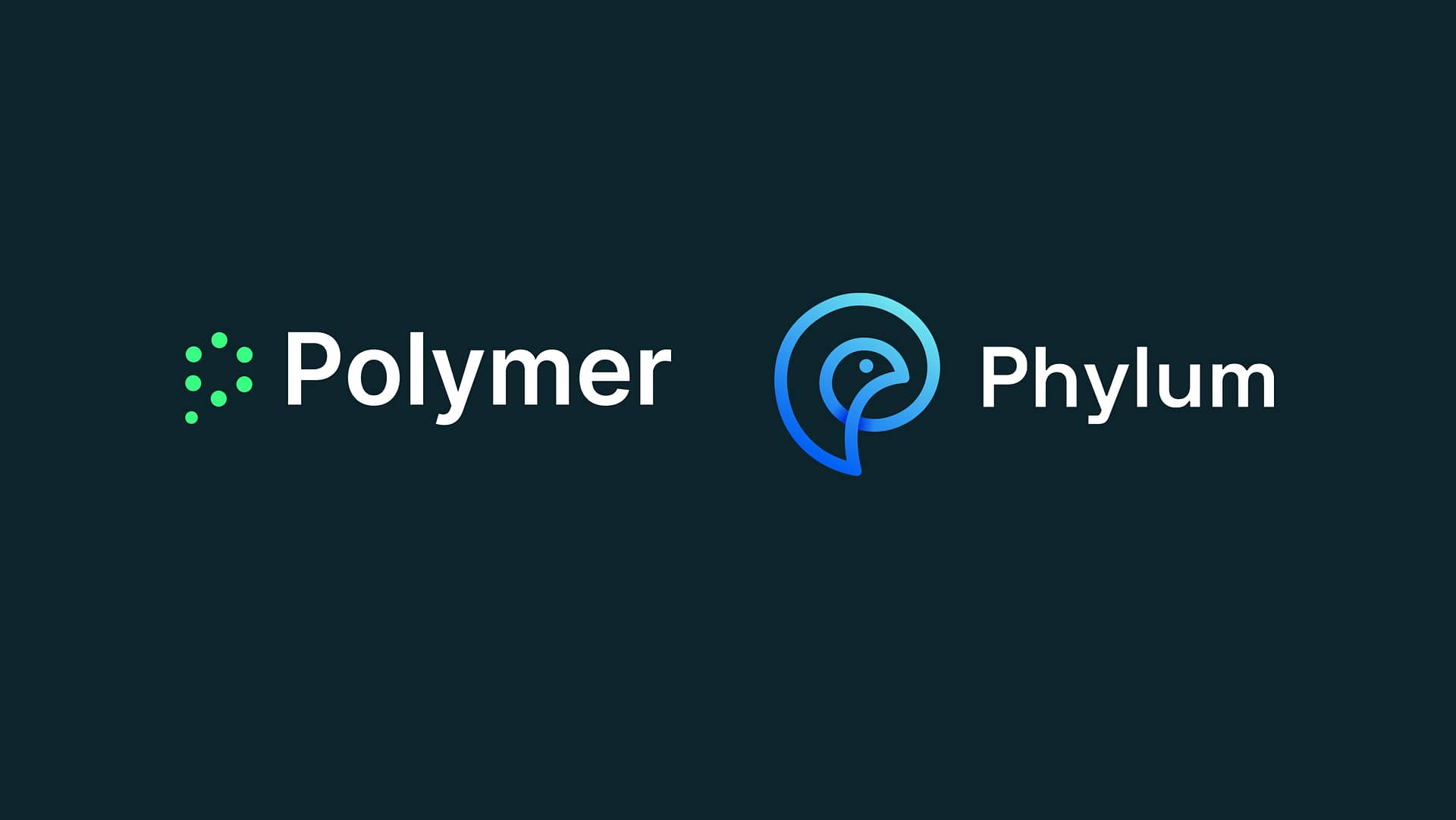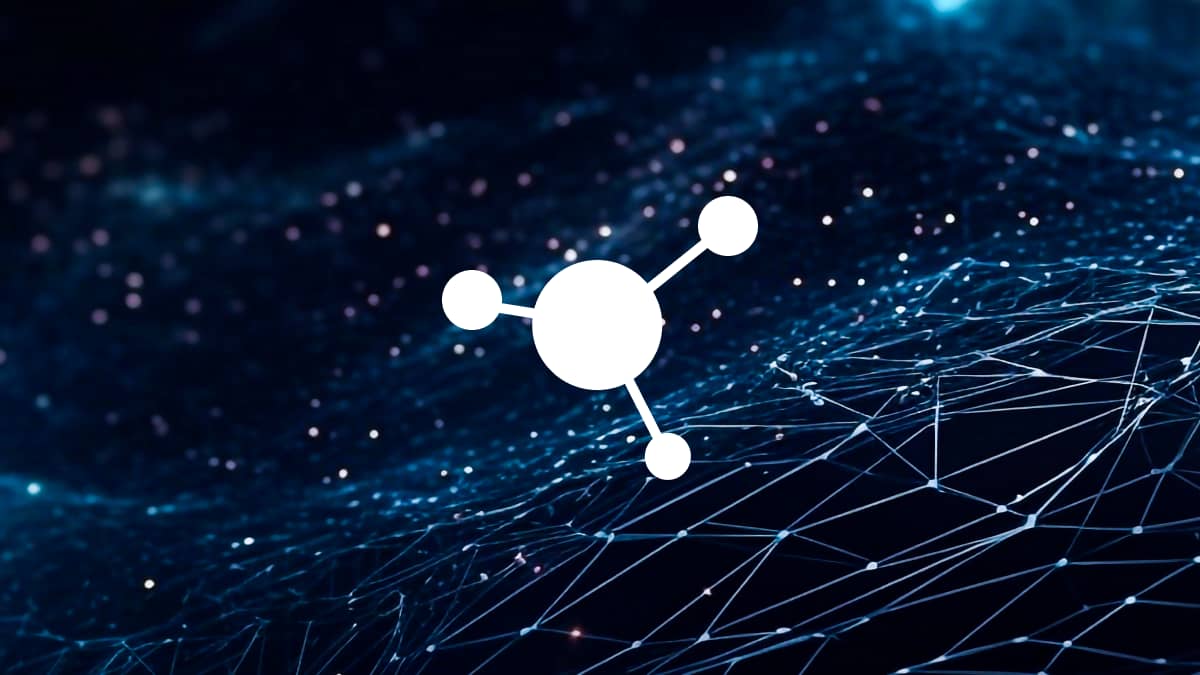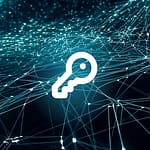Security leaders are well aware of the challenges posed by generative AI: concerns around data leaks, AI-driven cyberattacks, phishing schemes, and ethical implications often dominate SOC discussions. While these risks are significant, focusing solely on the threats presented by generative paints an incomplete picture.
Generative AI is not just a dark force—it holds tremendous potential to strengthen the cybersecurity arsenal. When harnessed effectively, it enables organizations to enhance data protection, improve threat detection, and mitigate exposure risks. Rather than viewing it as a liability, generative AI can be a critical enabler of robust security practices.
With that in mind, here’s a deeper look at how security teams can leverage generative AI to fortify their defenses.
- Classifying unstructured data
Cloud applications are the backbone of modern work, but they’ve also led to SaaS data sprawl, with sensitive information being shared across various formats—Slack chats, emails, PDFs, and Word documents. This widespread and unstructured data flow is difficult to manage, and traditional data loss prevention (DLP) tools, designed for structured data, struggle to keep up.
Legacy DLP solutions rely on simplistic algorithms like regular expressions and keyword dictionaries, which work for standardized formats but fall short in today’s cloud-first environment. They can’t adapt to the dynamic nature of modern data usage, requiring constant manual updates to detect evolving threats. This results in significant blind spots, particularly in SaaS platforms where unstructured data dominates.
Even when legacy tools do catch data, they often produce false positives, overwhelming security teams with inaccurate alerts. For instance, a debit card number and a customer reference code might both trigger alerts, despite only one being a true risk. These false positives dilute focus, making it harder for teams to respond to genuine threats.
AI-driven DLP solutions, enhanced with natural language processing (NLP), offer a direct solution to these challenges. NLP, a branch of AI that understands human language, excels at identifying sensitive data in unstructured formats like web chats and images.
Unlike traditional tools, NLP enables data classification tools to understand context and detect sensitive information within unstructured formats—documents, emails, chat messages—without the need for constant manual intervention. As a result, organizations can significantly reduce the risk of shadow IT, unauthorized data sharing and leakage across their IT estate.
- Enhanced compliance and auditing
Your organization is likely navigating multiple compliance regulations—whether sector-specific frameworks like PCI DSS, HIPAA, or GBLA, or customer-driven standards such as NIST CSF or ISO 27001. On average, organizations must comply with 13 different IT security or privacy regulations, making this a complex challenge. Each regulation requires the implementation of various security and privacy controls. However, as corporate data becomes increasingly dispersed across multiple endpoints and cloud applications, maintaining compliance is more difficult than ever. In fact, 94% of organizations report significant challenges in meeting IT security and privacy regulations in the cloud.
Once the necessary controls are established, regular audits are essential to demonstrate ongoing compliance. This process—scheduling audits, reviewing documentation, addressing control gaps, and providing evidence—can be labor-intensive, typically occurring annually or semi-annually depending on the regulation. Managing multiple regulations with a manual approach often results in repetitive tasks and conversations that consume valuable resources.
Generative AI offers a compelling solution to ease the burden on compliance professionals, particularly in interpreting complex regulations. Research by Thomson Reuters indicates that compliance professionals spend about 40% of their time tracking regulatory changes. By leveraging generative AI, organizations can automate much of this process, allowing teams to efficiently analyze regulatory updates from various sources and stay informed without relying solely on manual reviews.
As mentioned, generative AI excels at processing unstructured data—such as text from applications like Slack and Microsoft Teams, as well as PDFs and Word documents—making it fantastic for mitigating compliance risks like data leakage. By integrating generative AI with DLP capabilities such as redaction and obfuscation, organizations gain enhanced visibility and control over sensitive information, empowering compliance and security teams to automate the discovery, classification, and protection of unstructured data.
Another significant advantage of generative AI is its ability to streamline time-consuming compliance processes, including reporting and audits. Instead of manually sifting through documents and compiling reports, compliance professionals can leverage generative AI to automate these tasks. This not only saves hours of work but also minimizes the risk of human error, enhancing both efficiency and accuracy in the short and long term.
- Jumpstart on human risk management
Time and time again, traditional cybersecurity training and awareness programs have proven themselves inadequate in preventing human error-related data breaches. Thankfully, there’s a solution: Forrester has pinpointed human risk management (HRM) as the next frontier of cybersecurity awareness.
HRM encompasses a strategic approach that identifies, evaluates, and educates employees about potential threats—transforming them from vulnerabilities into proactive defenders of your organization. Rather than merely avoiding threats, employees evolve into the first line of defense against cyber risks.
HRM transcends conventional security awareness training; it represents a continuous, adaptive process that empowers teams to recognize, respond to, and effectively mitigate risks. Here’s how HRM works:
- Detect and measure: HRM begins with the identification of risky behaviors and an assessment of their impact. From clicking on phishing links to engaging in poor data security practices, every action can be quantified, illuminating vulnerabilities within the workforce.
- Policy and interventions: Once risks are identified, tailored interventions—such as real-time nudges and active learning opportunities—are implemented. This ensures that employees not only recognize threats but also possess the knowledge and skills to address them proactively.
- Educate: A core focus of HRM is education. It equips employees with the tools and knowledge necessary to safeguard themselves and the organization. Training covers everything from recognizing phishing tactics to knowing how to respond effectively to suspicious activity, fostering a culture of proactive security awareness that empowers employees to act decisively when threats arise.
- Build a security culture: Ultimately, HRM aims to cultivate a security-first culture within the organization. This extends beyond mere training sessions; it involves embedding security practices into the everyday operations of the business. When security becomes second nature, employees are more likely to adhere to protocols and maintain vigilance, significantly strengthening the organization’s overall resilience against cyber threats.
So, how does AI integrate into this framework? Effective human risk management demands continuous, real-time monitoring and interventions. That means AI-based solutions are instrumental in actualizing the potential of HRM.

Polymer DLP, for example, actualizes human risk management through a combination of user behavior monitoring, data classification, and contextual user nudges. Our system delivers intelligent policy-based interventions that educate users about data misuse and prevent data leakage in real time.
Thanks to the combination of NLP and generative AI, our solution is contextually-aware, with a deep understanding of user roles, data usage expectations and risk profiles. The result is autonomous human risk management you can trust—no false positives or hindered productivity.










